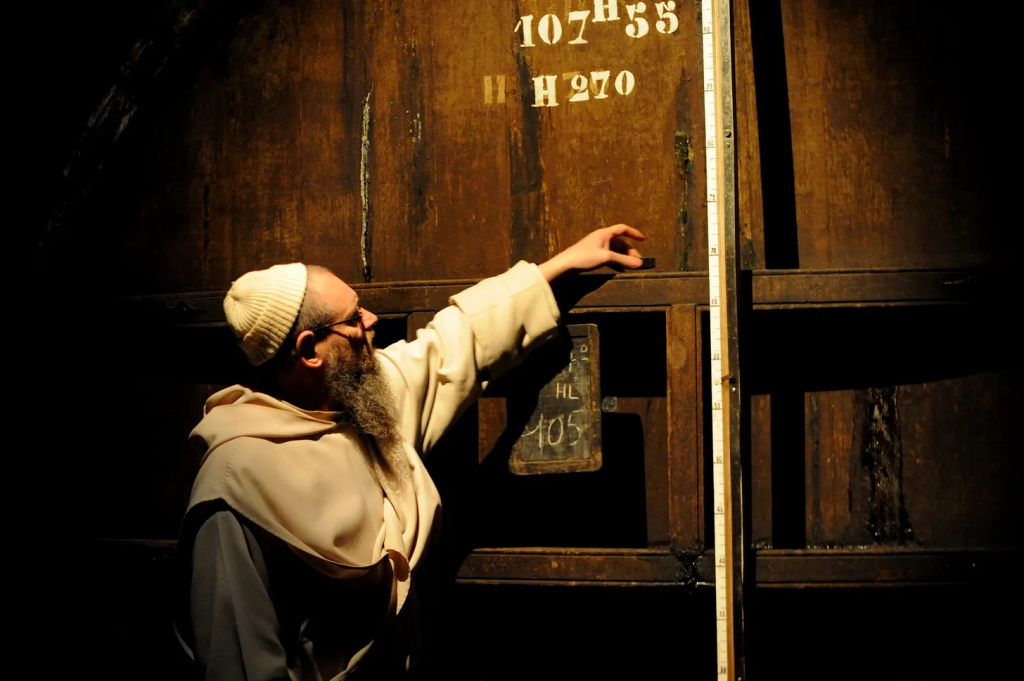UK space exploration boss says that aliens definitely exist

Libby Jackson, the Head of Space Exploration in the UK, says that there is “no way” humans are the only life form in the universe. Jackson reportedly continued by saying that the existence of aliens isn’t a question of if but more a question of when we’ll find more answers to those burning questions. This report isn’t all that surprising as scientists have claimed that alien life almost certainly exists in some fashion in past studies. Jackson is just one of the most recent public figures to speak out about the existence of aliens in our universe. The 41-year-old Head of Space Exploration was just awarded an OBE in 2022 and is convinced that deeper space exploration will provide answers. Dr. Helen Sharman, the first Briton in space, has also said she believes aliens exist somewhere. The consensus from Dr. Sharman and others in the community seems to be that there are just too many stars and galaxies for human life to be the only form of life in the universe.
This town in Manitoba has a polar bear jail
A frontier settlement founded for fur trading in 1717, Churchill sits smack in the middle of the “polar bear highway”—the natural path the animals take to get onto the sea ice every year. Located on the shore of Hudson Bay, Churchill has around 850 human residents and about the same number of bears roaming around. So the town had to get creative about how to handle the massive animals. Colloquially known as the polar bear jail, the holding facility is a massive hangar of 28 cells built from cinder blocks with steel bar ceilings and doors. A second set of solid metal doors prevents bears from reaching out between bars. Most cells fit only one bear (otherwise they’d fight) but two larger cells are reserved for moms with cubs. Five of the cells are air-conditioned to make them more comfortable during warmer weather. Some bears are tranquilized when they’re brought in. Others arrive awake in huge culverts, traps baited with a chunk of seal meat.

The artist who specialized in portraying death
At the beginning of Honoré de Balzac’s novel La Peau de Chagrin, the young protagonist is wandering around Paris, planning to put an end to his life, when he decides to go into a curiosity shop. There he encounters what Balzac describes as an ‘enchanting creature’, the embalmed body of a child, which reminds him of his happy boyhood. This ‘sleeping’ child turns out to be a remnant of the collection of Frederik Ruysch, who had been dead for exactly a century when Balzac wrote the novel. Ruysch’s main trick was heating white wax, and injecting it into blood vessels in liquid form. Once it cooled and set he would have a dissectable preparation. By staining the wax red he managed to give bodies and organs a lifelike tint. The result was amazing. He used his preparations in teaching surgeons and midwives, but there was so much interest in them that he set up an exhibition. It was the first time that people could properly see human internal organs. The exhibition soon became a major attraction.

The double life of author John le Carré
On the surface, he progressed naturally from his youth to the inner sanctum: His adolescence was spent in English public schools immediately after World War II, where the boys did military training in uniform, jingoism was the norm, and—at least for one final generation—empire was an inheritance. The deeper truth is more interesting. His father, Ronnie Cornwell, was an inveterate con man, in and out of money and trouble with the law. His mother left them when he was 5 years old, so young David Cornwell, as was his birth name, was enlisted as his father’s accomplice. He entered the secret world early, engaging in deceptions on behalf of his father but also to protect himself against a man who drank, gambled, and wasn’t above beating his son.

Where has all the Chartreuse gone?
Last month, a letter from the Carthusian monks in Voiron, France circulated through the world of spirits. It was, in the hackneyed parlance of journalism, a “bombshell.” The letter explains a decision by the monks to limit the production of Charteuse, their famed Alpine liqueur dating to 1605, in order “to focus on their primary goal: protect their monastic life and devote their time to solitude and prayer. Apparently this decision had been made quietly in 2021 (quietly being how most decisions are made in a monastic order sworn to a vow of silence). Agrowing Chartreuse shortage started being noticed by spirits enthusiasts during 2022. The drinks website Punch verified the letter a couple of weeks ago. Chartreuse will now only be sold exclusively under allocation, making it much more difficult to find.

How the Lord of the Rings got good
Author Robin Sloan writes about discovering how J.R.R. Tolkien pulled the story of the one Ring together: "Not only was the inscription missing from the early drafts of LOTR, the whole logic of the ring was missing, too. In its place was a mess. The ring possessed by Bilbo Baggins was one of thousands the Dark Lord manufactured, all basically equivalent: they made their wearers invisible, and eventually claimed their souls. They were like cursed candies scattered by Sauron across Middle-earth. It’s fine, as far as it goes; he could have made it work, probably. But it is not cool in the way that the final formulation is cool. But there seems not to have been any magic moment: no electric thought in the bathtub, circa 1931, that sent Tolkien rushing to find a pen. It just got better."

A parking assist feature from the 1930s
The parking assist feature on modern cars might seem like a recent innovation, but if Brooks Walker had his way we would have been using it since the 1930s
— Massimo (@Rainmaker1973) March 12, 2023
[source, read more: https://t.co/Rw4F3gbngc]pic.twitter.com/atanFEhQLA



